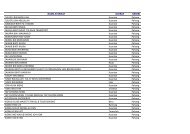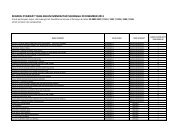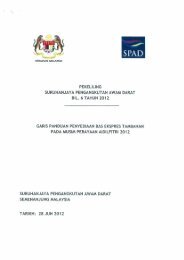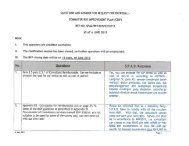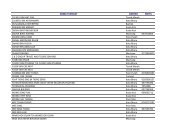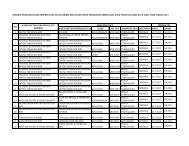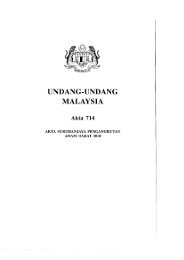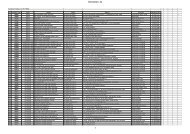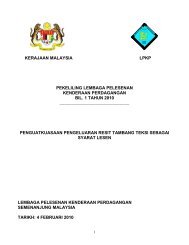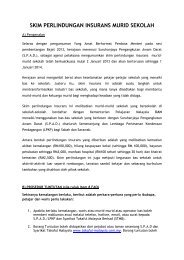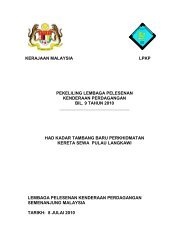Executive Summary - SPAD
Executive Summary - SPAD
Executive Summary - SPAD
Create successful ePaper yourself
Turn your PDF publications into a flip-book with our unique Google optimized e-Paper software.
structures are clear and understandable for both the resident population and those visiting the area. If a<br />
consistent and quality service is delivered across the classes then such advice should not be given to<br />
tourists and use of taxis could increase as services will be clear.<br />
Internationally, the cities in which taxis become an icon of the city are those in which branding is<br />
consistent and the vehicles are therefore easily recognisable. <strong>SPAD</strong> have an aspiration to create a<br />
recognisable iconic brand for GKL/KV. In order to achieve this, a common livery should be specified for<br />
each class which makes clear its role as a taxi but which also distinguishes the classes separately. This will<br />
improve public perception of the industry and encourage the public and tourism sector to view taxis as<br />
part of the integrated public transport system. It is recommended that no operators should be permitted<br />
to specify their own livery under the new requirements.<br />
Both the public and industry raised congestion as a key issue for taxis. One way to improve reliability of<br />
services and journey times through these congested areas is to allow taxis to use bus lanes where these<br />
exist and to ensure the design of new at grade bus lanes or priority infrastructure also allows for taxis.<br />
Allowing taxis to use this priority infrastructure helps ensure the public see taxis as part of an integrated<br />
public transport system. In order for priority lanes to be effective they must be self enforcing through<br />
kerbing or properly enforced to ensure they are not abused by private vehicles. With the current variety of<br />
taxi liveries this may be difficult to operate and enforce. The BTP examines the issue of bus priority<br />
measures and their enforcement.<br />
4.1.4) Supporting the Plan<br />
The modal elements identified above need support from other<br />
complementary initiatives as outlined in the Interchange and<br />
Integration Plan, the Land Use Plan and The Travel Demand<br />
Management Plan. These seek to reduce the barriers to modal<br />
shift and encourage further LPT ridership.<br />
Page 29



